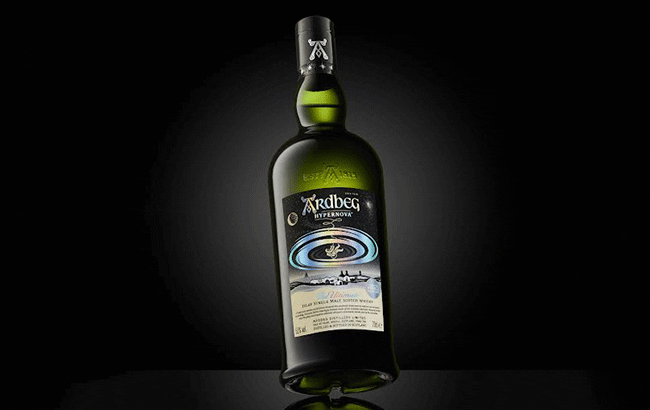The king is dead, long live the king!
Ardbeg 17 Committee Exclusive (2024)Bottled 2023 (Released 2024)40% abvWe screamed for years for Ardbeg to give us back the 17 instead of another cleverly concocted (and marketed) limited release*. It seems our pleas have not fallen on deaf ears or, more likely, the good people at Ardbeg were already miles ahead of us. I’d almost […]

